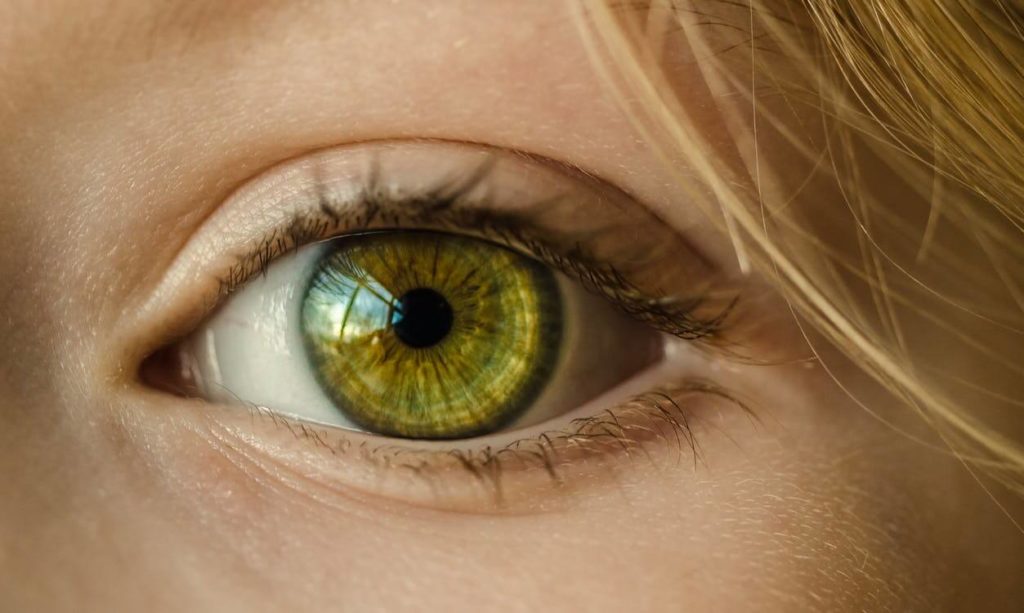If you go to your local drugstore, you’ll find an array of eye drops for a number of conditions. You won’t know which one will work for you just by reading them right away so it’s always best to read up on the eye condition you have. This is why it’s always best to make a list of your symptoms before going to the pharmacy.
Most treatments for eye related problems come in liquid form so they can imitate the effects of tears and others are in gel form so they can stay on longer and be more effective. Some treatments can be available as over the counter (OTC) while others are prescription treatments. Knowing your condition is the key element in selecting eye drops to treat it.
There are several eye conditions requiring treatment via eye drops that you can buy over the counter. Dry eyes are a common condition that causes people to use eye drops. Dry eyes are the result of environmental conditions, prolonged computer use, dehydration and other such factors. Health factors and use of medication by some individuals can worsen the issue, causing long term dryness. These include menopause, use of antidepressants and diuretic medication.
A number of factors can cause red eyes, a condition when the blood vessels in your eyes dilate. This can be due to lack of sleep, general irritation or even allergies due to foreign particles, such as pollen. In other cases, allergies can affect the eyes and cause puffiness and itchiness.
For treating sore eyes, it is important to consult a doctor first or to find out the underlying factor. A common reason why this happens is tiredness and/or strain. If this is the case, some rest and sleep should be enough to cure it. However, get an eye exam if you deal with increased soreness to find out if the cause is something more detrimental, such as nearsightedness, farsightedness or astigmatism.
Conjunctivitis or ‘pink eye’ is an eye infection which differs in type based on the root cause. All types are treated differently so it’s important that you visit the doctor before purchasing any treatments on your own. Bacterial conjunctivitis makes the eyes sore and red with thick, yellow discharge that accumulates. Viral conjunctivitis is contagious and while some types go away with time, the rest stay and make eyes all red, watery and sore. This is accompanied by clear discharge and blurred vision.
Allergic conjunctivitis causes itching, swollen eyelids along with the watery red eyes. Make sure to determine the type of infection before seeking treatment. Several eye drops include preservatives that inhibit the growth of bacteria. However, some people are sensitive and develop an allergic reaction to these preservatives.
It’s important to know if you’re allergic to these preservatives as well since drops that contain them can exacerbate the eye condition rather than treat it. Most eye drops, whether they are over the counter or prescription drops, are not compatible with contact lenses. Hence, it is required that people that use contact lenses should remove them before administering eye drops.




